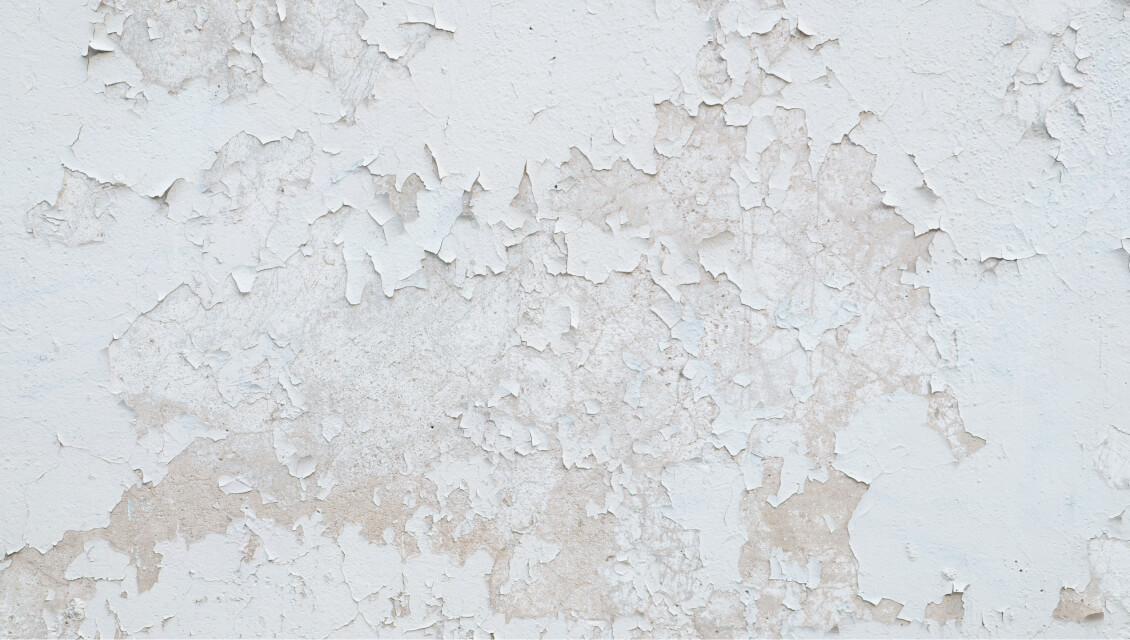Is there a reason for doubt?
My landlord just tested my apartment for the presence of lead based paint. There were several areas of the apartment which were tested. I was present and observed a technician remove a paint chip from several areas of the apartment. No XRF testing machine was utilized. Out of caution, I asked for permission to video-tape the technician who came to my apartment to test for lead. My request was refused. This made me extremely concerned.
After the testing, I carefully examined the condition of the location on the walls from where the paint samples were removed. I observed that the outer-most level of paint was removed leaving behind lower levels of the very old paint exposed.
I also researched the company which performed the lead paint inspection. It seemed strange that they did not use a readily available XRF machine to test for the presence of lead based paint. The company has a website and they market their services to landlords.
My landlord just called and said that his test results showed that there were no illegal levels of lead paint found in the apartment. How can I determine if the testing was performed properly?
Answer: This question raises an important issue. How valid are the lead tests which are being performed by companies which tender their services to landlords? One has a fair basis to assume that they are competent and honest and that they fully comply with EPA guidelines and related laws. But the validity of a paint sample removed from an apartment surface is largely dependent on the competence and integrity of the person who removed the sample. Laboratory testing and analysis would appear to be a very effective way to determine whether a paint sampling contains illegal levels of lead content. But this is true only if the entire process is properly performed.
There are two obvious ways in which a test result may end up with skewed results. The first is if the technician removes some of the substrate together with the sample of paint. The substrate is the underlying material itself. If this material is tested with the paint the result would effectively dilute the proportion of lead in the sample. This may result in a completely erroneous result.
Conversely, if the person taking the sample takes too few layers of paint from the location being tested and leaves behind the oldest and perhaps most heavily lead laden paint behind, this will also skew the result and provide erroneous results.
The idea of taking a video of the process of removing the sample can only serve to memorialize the manner in which the testing was conducted. If the testing was properly performed, there will be no issue and it will preserve the evidence which is very important for all parties involved.
On the other hand, if the test was performed in an unreliable manner, it will allow for the tenant to raise the issue with the landlord and the Department of Housing and Preservation and or the Department of Health, if necessary and appropriate.
Ultimately, in the event of litigation arising from injury caused by lead based paint in the apartment, this type of evidence may be central to determining the legal liability of the landlord and at times his or her contractors and agents in skirting the laws protecting children from the hazards of lead based paint.
We welcome your legal questions for topically relevant articles in the future. Feel free to compose a question – it may be addressed in future articles. Email Question
Free Case Evaluation
Fill Out The Form Below To Find Out If You Have A Case.
Thank you for contacting us. One of our colleagues will get back to you shortly.



